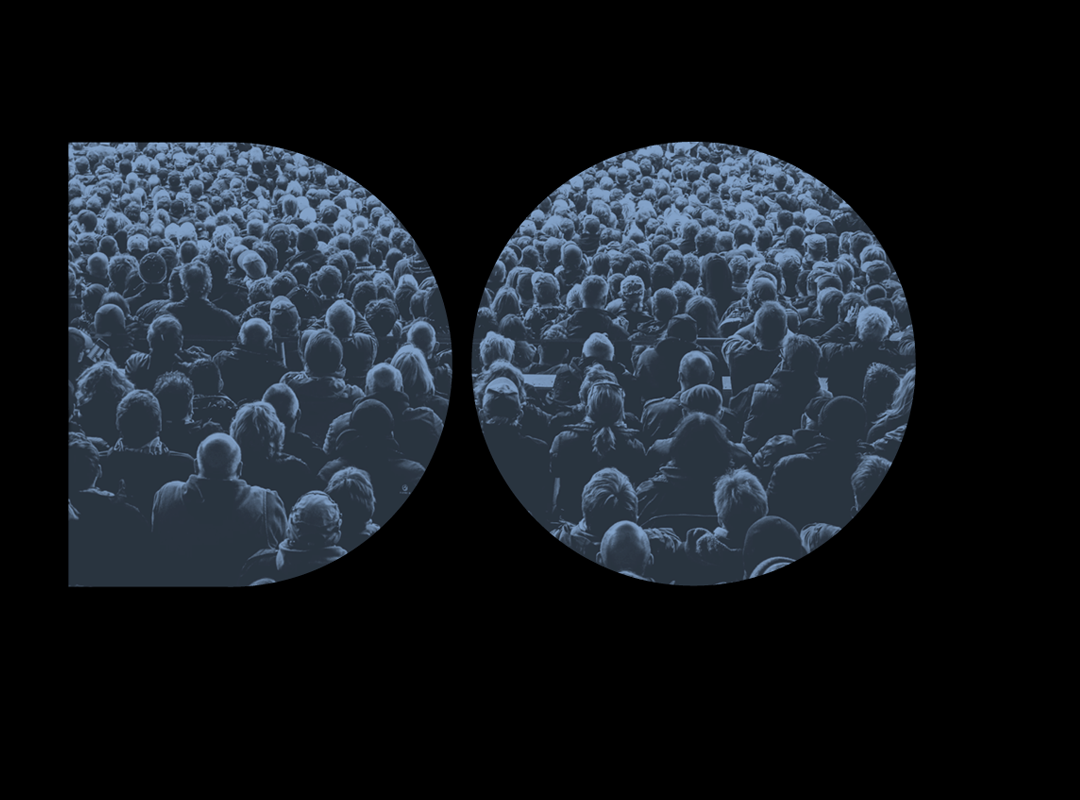
February 4, 2015
The Observers
The latest book by Chinese artist Xu Yong, Negatives, illustrates through his photographs the peaceful protests of Chinese students prior to the June 1989 uprising and massacre at Tiananmen Square. The book contains reprints of sixty-four previously unseen images from twenty-five years ago that bear witness to, and convey various layers of meaning and insight about, the peaceful protests that led to the massacre.
To experience the book—which reprints the negative film strips themselves—in a more complex and multi-layered way (to see the positive images and true colors of the photographs), the reader needs to view the book using the camera of his or her smartphone (go to Settings>General>Accessibility>Invert Colors). By reprinting the negatives, the artist emphasizes the mystery of traditional photography and the anticipation in developing film and seeing the final images. “Unlike digital photographs, which can be manipulated, negatives never lie,” said Mr. Xu, in an interview with The New York Times about why he decided to reprint only the negatives. He considers reprinting negatives “direct evidence of the real world’s image,” and as a method to “pose a challenge to objectivity.”

Gilles Sabrie for The New York Times

Gilles Sabrie for The New York Times


June 4, 1989, Tiananmen Square, Beijing, China. From the book “Negatives”. © Xu Yong

June 4, 1989, Tiananmen Square, Beijing, China. From the book “Negatives”. © Xu Yong

June 4, 1989, Tiananmen Square, Beijing, China. From the book “Negatives”. © Xu Yong

June 4, 1989, Tiananmen Square, Beijing, China. From the book “Negatives”. © Xu Yong
Observed
View all
Observed
By Sara Jamshidi
Recent Posts
Candace Parker & Michael C. Bush on Purpose, Leadership and Meeting the MomentCourtney L. McCluney, PhD|Essays
Rest as reparations: reimagining how we invest in Black women entrepreneurs Food branding without borders: chai, culture, and the politics of packaging Why scaling back on equity is more than risky — it’s economically irresponsible


